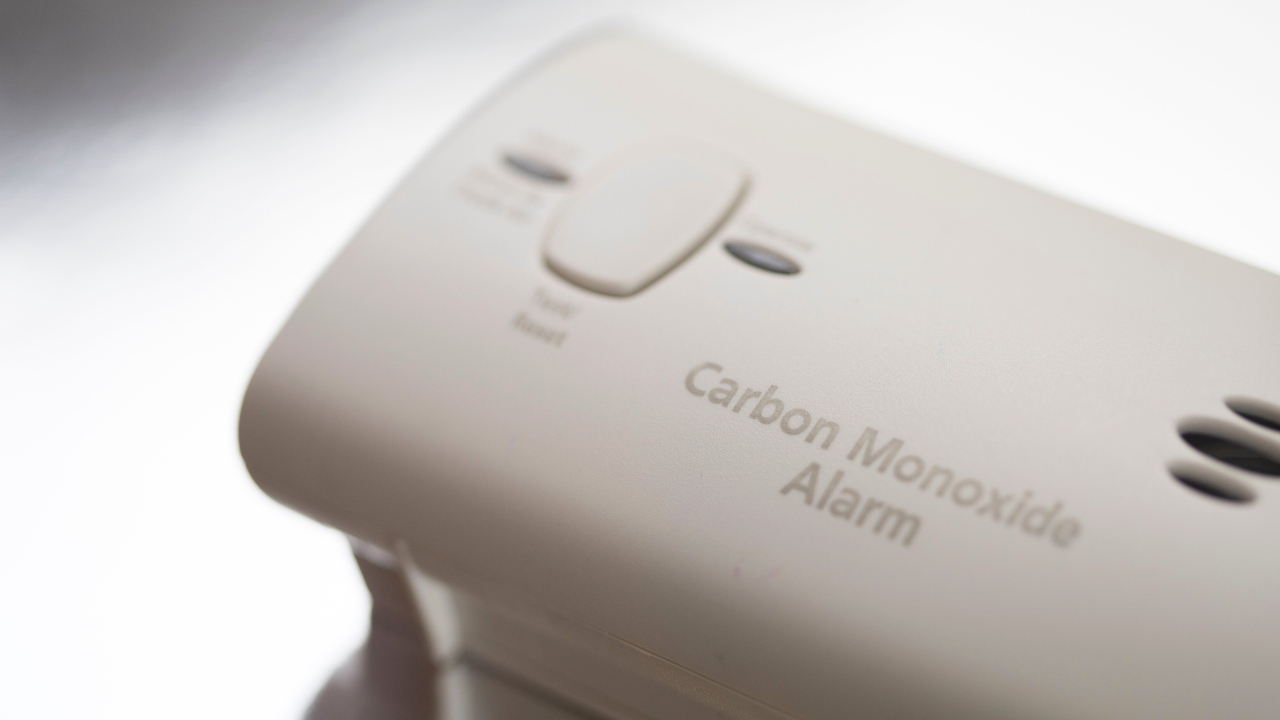Your Guide To Carbon Monoxide Detectors ✅
In the realm of home safety, few measures are as critical as safeguarding against the silent threat of carbon monoxide (CO).
This colorless, odorless gas can pose serious health risks, including carbon monoxide poisoning. To protect against carbon monoxide, the installation of a carbon monoxide detector is a must have for your home.
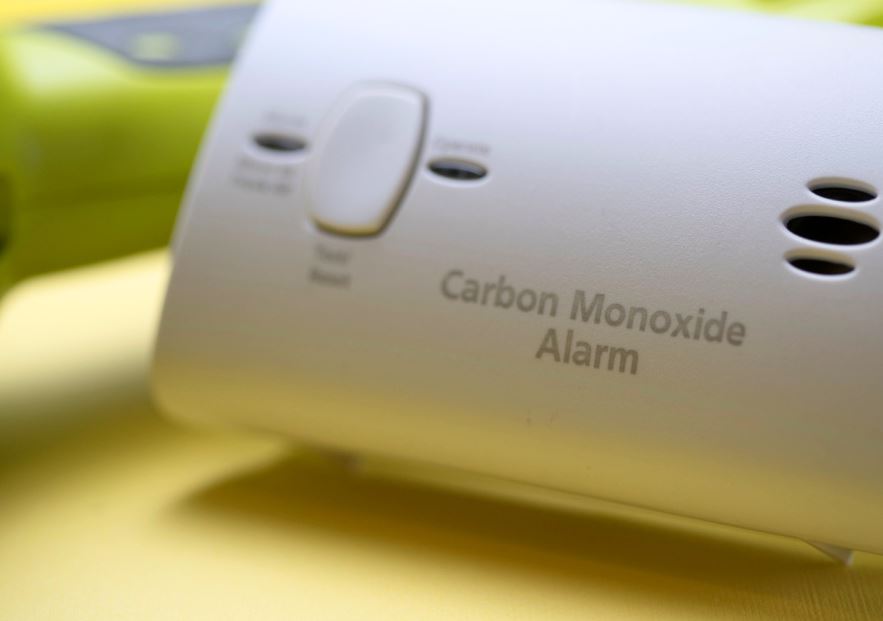
In this discussion, we explore the top reasons why every home should be equipped with a reliable carbon monoxide detector.
From detecting common household appliance malfunctions to serving as an early warning system, these devices play a crucial role in ensuring the well-being of occupants.
Let’s delve into the intricacies of each reason and underscore the significance of having this vital safety tool in every household.
Why Homes Must Have a Carbon Monoxide Detector
1. Silent Threat:
Carbon monoxide, often referred to as the “silent killer,” is an insidious gas that remains undetectable by our senses.
It has no color, taste, or odor. This makes a carbon monoxide detector an essential tool for early detection and alerting residents to potential dangers.
2. Prevents Carbon Monoxide Poisoning:
Carbon monoxide poisoning is a serious health risk, and the symptoms can be subtle, ranging from headaches and dizziness to nausea and confusion.
In extreme cases, it can lead to death. A carbon monoxide detector serves as a proactive measure, providing an early warning system to mitigate the risk of poisoning and allowing occupants to take prompt action.
3. Common Household Appliances:
Numerous household appliances, such as gas furnaces, water heaters, stoves, and fireplaces, can emit carbon monoxide if they are malfunctioning or improperly maintained.
A carbon monoxide detector is instrumental in identifying potential issues with these appliances before they escalate into hazardous situations.
4. Vehicle Emissions:
Homes with attached garages or those close to gas-powered vehicles may face the risk of carbon monoxide exposure.
A detector can detect elevated levels, especially if exhaust fumes find their way into the living spaces, providing a crucial safety measure for residents.

5. Wood and Gas Fireplaces:
Incomplete combustion in wood or gas-burning fireplaces can release carbon monoxide into the home.
Given that fireplaces are commonly used for heating and ambiance, a detector becomes an essential safety device to monitor and detect any potential buildup of carbon monoxide.
6. Early Warning System:
One of the key advantages of a carbon monoxide detector is its role as an early warning system.
By detecting low levels of carbon monoxide, it can alert occupants before concentrations reach dangerous levels. This early notification allows residents to evacuate, ventilate the area, and seek medical attention if necessary.
7. Sleeping Protection:
Carbon monoxide poisoning often occurs when people are asleep, and the symptoms may not be immediately noticeable.
A detector equipped with audible alarms can wake occupants in the event of a leak, providing crucial seconds or minutes for a safe evacuation.

8. Legal Requirements:
In many jurisdictions, the installation of carbon monoxide detectors is a legal requirement for residential properties.
Adhering to these regulations is not only a legal obligation but also a fundamental step in ensuring the safety and well-being of those residing in the property.
9. Peace of Mind:
Knowing that a reliable carbon monoxide detector is in place offers a profound sense of peace of mind.
When carbon monoxide is being monitored continuously it allows you to feel secure in your living environment so that you can focus on daily activities without unnecessary worry.
10. Easy Installation and Maintenance:
Carbon monoxide detectors are designed for easy installation and maintenance. Regular testing, checking, and battery replacement are simple tasks that contribute significantly to the continuous and effective operation of the detector, ensuring ongoing protection for the occupants of the home.
Buy top rated carbon monoxide detectors on amazon prime
🔥 Free shipping for Amazon Prime Members
Carbon Monoxide Detector FAQ’s
Carbon monoxide detectors typically use sensors, such as electrochemical sensors, to measure the levels of carbon monoxide in the air. When the concentration reaches a dangerous level, the detector triggers an alarm, alerting occupants to the potential threat.
For optimal safety, install carbon monoxide detectors on every level of your home, including near bedrooms and common living areas.
Place one within 10 feet of each bedroom door and ensure they are not obstructed by furniture or curtains. Additionally, consider installing detectors near potential sources of carbon monoxide, such as gas appliances and attached garages.
It is recommended to test your carbon monoxide detectors at least once a month. Most detectors have a test button that, when pressed, activates the alarm to ensure proper functionality. Regular testing helps ensure that the sensors and alarms are operational.
Yes, carbon monoxide detectors require regular maintenance. Follow the manufacturer’s guidelines for cleaning and replacing batteries. It’s also crucial to replace the entire detector according to the manufacturer’s recommended timeframe.
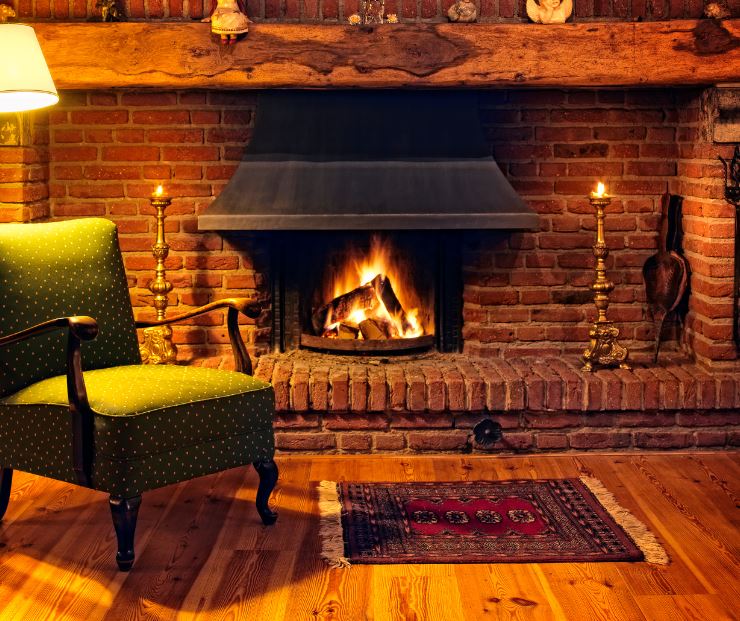
Carbon Monoxide Buying tips
1. Type of Detector:
There are primarily two types of carbon monoxide detectors: plug-in and battery-operated.
Battery-operated detectors are portable and work during power outages, while plug-in detectors require an electrical source but often come with additional features.
Consider your specific needs and the layout of your home when choosing the type of detector.
2. Power Source and Battery Backup:
Opt for a carbon monoxide detector with reliable power sources. Battery-operated detectors are essential for areas prone to power outages, and it’s advisable to choose models with long-lasting batteries.
Additionally, having a detector with a battery backup for plug-in models ensures continuous operation during power failures.
3. Sensor Technology:
Different detectors use different sensor technologies, such as electrochemical, biomimetic, metal oxide, or semiconductor sensors. Research the sensor technology to ensure it meets your specific requirements.
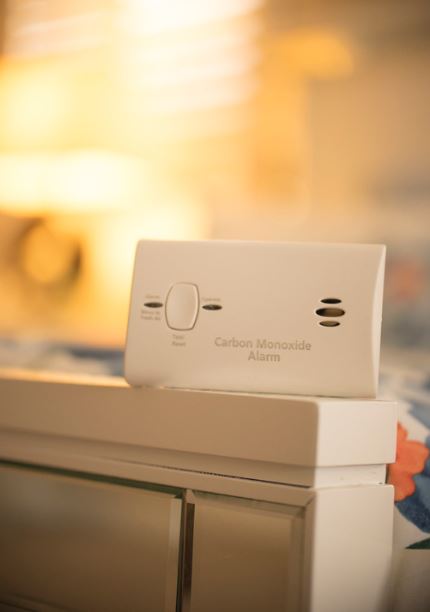
4. Digital Display and Alarm Features:
Look for detectors with a digital display, which provides real-time readings of carbon monoxide levels. These can be part of your smart home plan.
This feature helps you monitor fluctuations and identify potential sources. Audible alarms are crucial for alerting occupants in case of elevated carbon monoxide levels. Choose a detector with loud and distinctive alarms that can be heard throughout your home.
5. Certification and Compliance:
Ensure that the carbon monoxide detector you choose is certified by a reputable organization and complies with relevant safety standards. Certification indicates that the device has undergone rigorous testing to meet industry standards for performance and reliability.
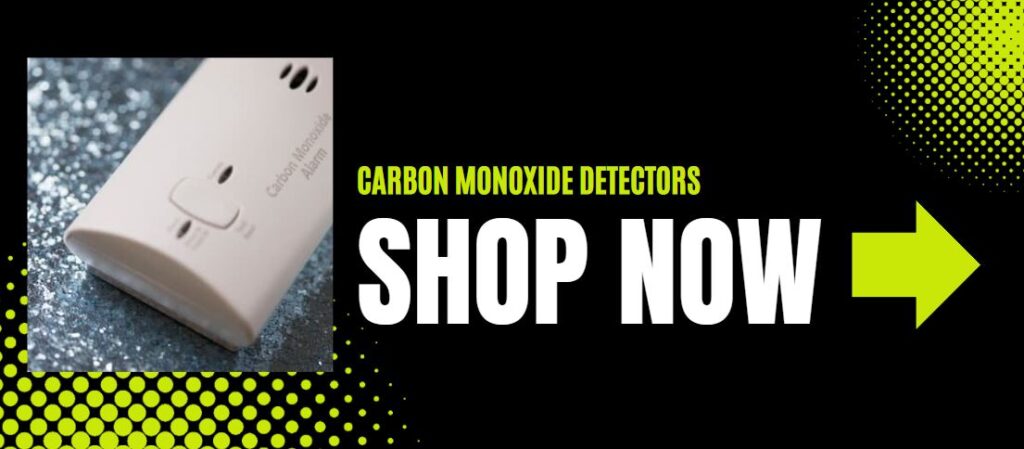
Remember to install carbon monoxide detectors in key areas of your home, such as bedrooms, hallways, and living spaces, to provide comprehensive coverage.
Regularly test and maintain your detectors according to the manufacturer’s guidelines to ensure their continued effectiveness in protecting your home and loved ones.
Thank you for exploring the essential world of carbon monoxide detectors with us. Your commitment to safety is commendable. Remember, knowledge is your ally in creating a secure home. Stay safe, and thank you for reading!

